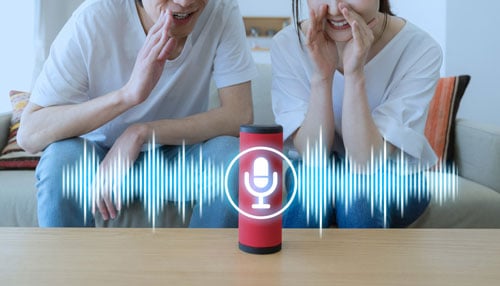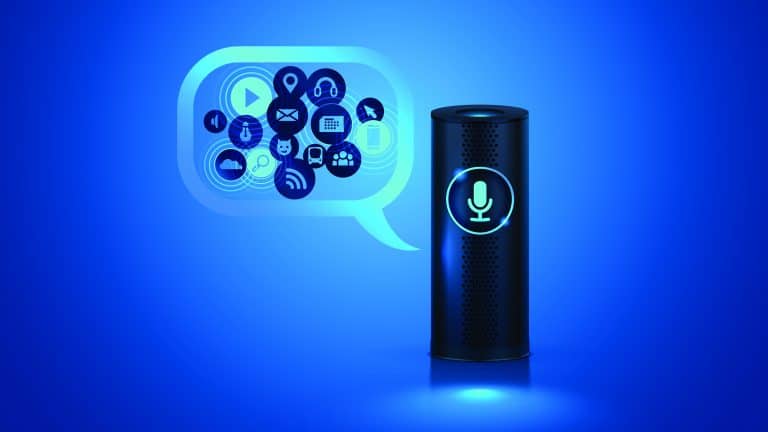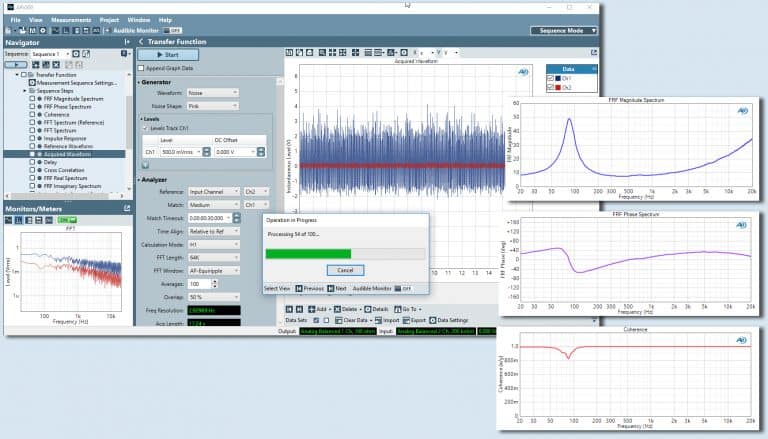Measuring Smart Speaker Performance
Simplifying Frequency Response
At the core of the smart speaker is the Intelligent Virtual Assistant (IVA), enabling the use of voice commands to direct the device to do everything from playing audio content—new, music, podcasts, etc.—to control home automation systems, or even place online shopping orders. It’s worth noting that this same IVA technology, with microphones (mics) and loudspeakers to support it, is being added to all sorts of home appliances—thermostats, set top boxes, refrigerators—enabling voice control and thus turning them into “smart devices.” Obviously, most smartphones can also play the role of a smart speaker.

Smart Speaker IVAs
An interaction with a smart speaker begins with a specific “wake word” or phrase, followed by a command. In their normal operating mode, smart speakers are in a semi-dormant state, but are always “listening” for the wake word, which triggers them to acquire and process a spoken command. In terms of speech recognition, smart speakers themselves are only capable of recognizing the wake word (or phrase). The more computationally-intensive speech recognition and subsequent processing is done by the Intelligent Virtual Assistant on a connected server. Depending upon the evaluation being performed, the wake word may be an integral part of the test process.

Our solution
Utilizing Transfer Function Measurements with APx500 Audio Analyzers
One of the key attributes of transfer function analysis is that it provides a means of measuring the frequency response of a device using any broadband signal, including speech and music. This makes it an ideal choice for analyzing devices used for speech communication (i.e., smart speakers, smartphones, headset microphones, etc.). Many of these devices incorporate DSP algorithms that require the use of speech signals, and some are designed to block sinusoidal signals altogether. Transfer function analysis greatly simplifies measuring the frequency response of such devices.
